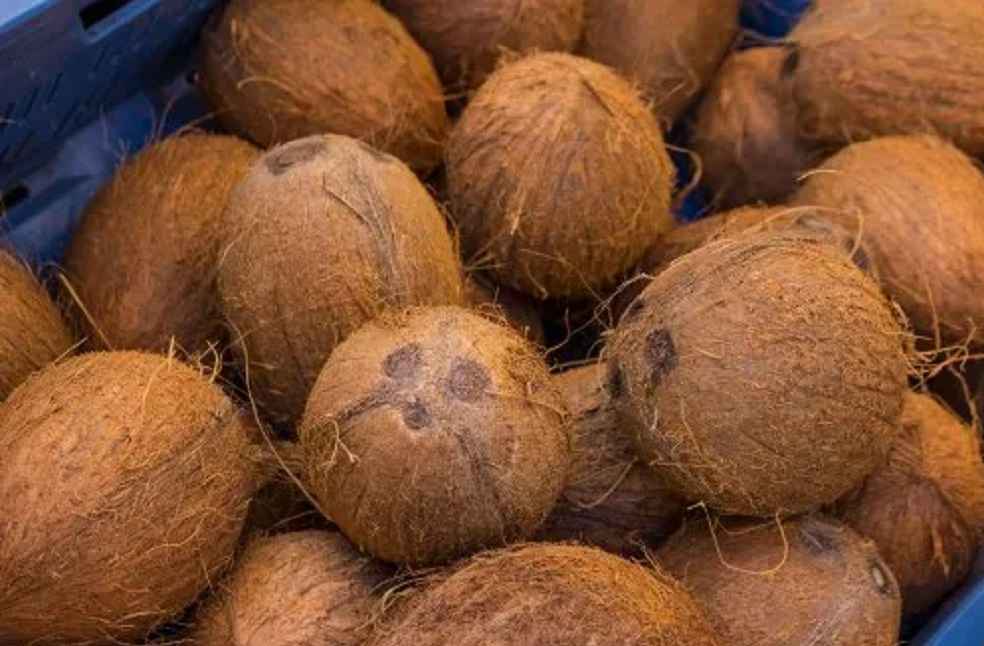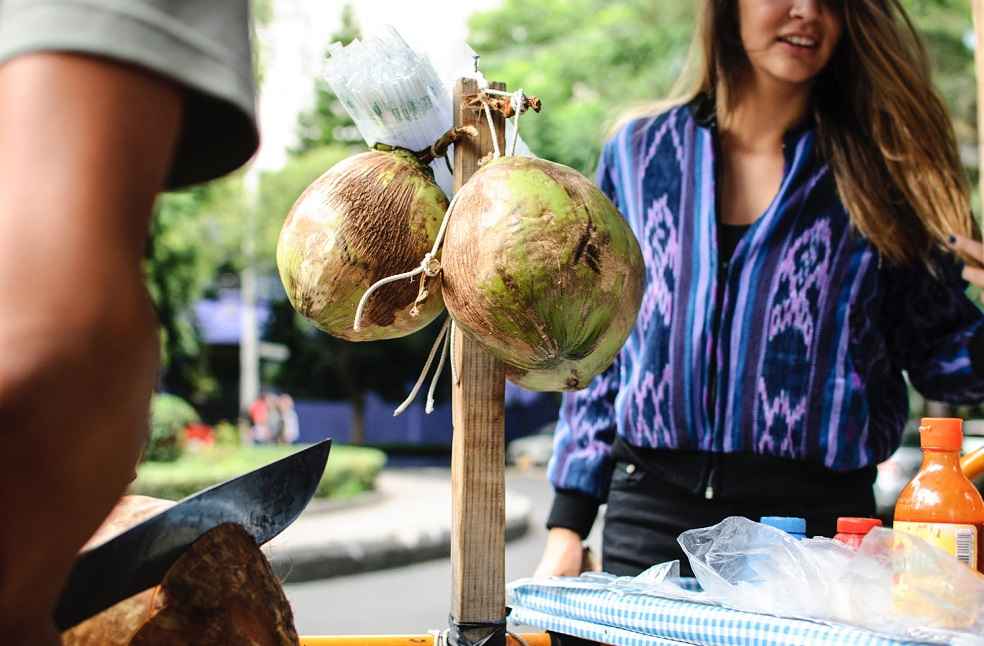Sri Lanka’s coconut sector, one of the nation’s key economic pillars, is facing severe setbacks as domestic production has dropped by approximately 40 percent, largely attributed to a combination of international conflicts, the impact of whitefly infestations, and restrictions on fertiliser use. Long queues have formed across Colombo and surrounding areas as coconut supplies have dwindled, pushing prices up and sparking concern among consumers.
Last week’s coconut auction in Colombo underscored the production crisis, with total output plummeting to 400,000 nuts from the previous 600,000–800,000 range. The downturn has disrupted local markets, with producers and consumers alike feeling the strain of reduced availability.
A major player in the global coconut market, Sri Lanka has traditionally ranked among the top five coconut-producing nations, competing closely with the Philippines, Indonesia, and India. Despite this competitive position, Sri Lanka’s coconut sector is under pressure.

Domestic supply constraints, coupled with a strong export demand for high-quality coconut-based products like oil, milk, dried coconut, and activated carbon, have strained the market further. Sri Lanka’s export contributions are significant, with coconut products accounting for substantial foreign revenue, especially from key markets like the United States, Germany, and the Netherlands.
The sector has been particularly hard-hit by international disruptions. Ongoing conflicts in Europe and the Middle East have led to logistical obstacles, including rising shipping costs, with container rates to Europe soaring from $500 to $3,000 due to Red Sea disruptions. This escalation has compounded challenges for Sri Lankan exporters, who are also grappling with reduced import demand from economically strained countries like Egypt and Pakistan.

In 2023, Sri Lanka’s total coconut harvest fell below 3 billion nuts, marking a 10 percent drop following two years of bumper yields. This decline has prompted a shift in the industry’s allocation strategy, with over one-third of total production now directed toward export-oriented industries rather than local consumption, intensifying local supply shortages.
The Coconut Research Institute and Sri Lanka Export Development Board have both highlighted these challenges. “after experiencing two bumper harvests in 2021 and 2022, the coconut yield in 2023 was 10 per cent lower and the harvest fell below 3 billion coconuts in 2023 after two consecutive years of topping 3.35 billion coconuts,” they reported. With international markets remaining volatile, Sri Lanka’s coconut industry faces an uphill struggle to maintain its traditional balance between meeting export demands and satisfying local needs.
POLICY & LAW | WTO Delays India-Taipei ICT Tariff Ruling to April 2025 for Mutual Resolution



